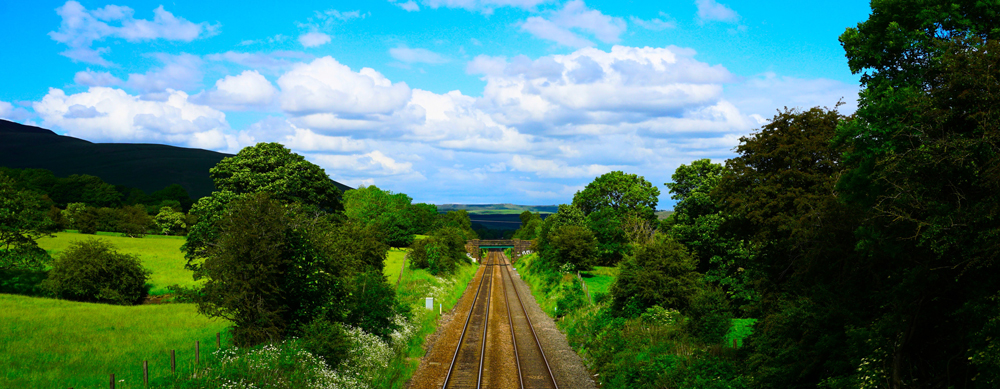
The business case for a high-speed rail track between London and Birmingham was first pitched to David Cameron in 2009. In the decade since, the HS2 has become something of an albatross – and a hungry one at that. At the last reckoning, total expenditure on the project was estimated at £106 billion, making it one of the largest and most bloated infrastructure projects in the whole of Europe. Nevertheless, with a phased roll-out between 2028 and 2040, it has been heralded as – amongst other things – a ‘transport revolution’.
On paper the stats are admittedly impressive. The trains will be over 400m-long with as many as 1,100 seats per train. They will be capable of reaching speeds of up to 250mph and will run as often as 14 times an hour in each direction. The Department for Transport has said that the project will triple the capacity of trains across the entire route, and with the current state of the rail service there can be little doubt about that. But despite the grandiose commendations, nothing is being done to address the elephant in the room and that is: the HS2 is a dead horse. It always has been.
Missed opportunities
Why? Well, by the time the first phase of the HS2 is operational between 2028 and 2031, technology will have moved on. Consumer needs and expectations will have moved on. By 2030 – and perhaps even sooner – most private vehicles will have ‘full self-driving capability’. This will have huge advantages. Commuting will no longer be a time-sucking chore, accidents will become extremely rare and the exemplary safety of driverless vehicles will allow for innovations to be made in the form of superior comfort and fuel consumption (if, indeed, they aren’t all electric).
As part of this shift towards a ‘driverless’ economy, our surroundings – including our roads – will also change. Roads at this moment in time are built for the inherent fallibility of the human organism. They’re built for over-caffeinated, accident-prone, hopelessly distracted men and women who require wide lanes, stop signs and safety rails just to stop thousands of fatalities from becoming daily occurrences. With intelligent, autonomous systems in the driving seat, however, roads can be redesigned, allowing for maximum efficiency and far greater speeds, significantly reducing travel times. Travelling at night will no longer be a bleary-eyed ordeal and, perhaps best of all, white van drivers will become a thing of the past. But you wouldn’t need to concern yourself with any of that. You can just sit back and relax and go to sleep.
Hand me the whip
Contrast that with the HS2. Sure, it’ll be ok. It will be a train that shaves some minutes off of your journey time. There will still be limited seating. In rush hour you’ll still have to stand up for hours at a time, gritting your teeth at people coughing and rubbing their hands across the back of your seat. Wouldn’t it be better to scrap the whole thing and build an autonomous high-speed transit system that leverages all of the benefits laid out above? HS2 could have put the UK at the forefront of AV research – if only the strategy had pivoted away from railway lines and towards a road that was only available to autonomous vehicles.
Of course, facilitating something like this would require bold action from the government, including the introduction of appropriate accident liability rules so as not to stifle innovation. That appears to be one step too far. It’s shocking, really, that we’re investing so heavily in a project when all signs, financial and otherwise, suggest we move in the opposite direction. It’s like doubling down on the horse and cart just as Henry Ford announces the moving assembly line.
By the time the HS2 is finally through its first phase of completion it will be nothing but a dinosaur: unique, maybe; fascinating beyond doubt, if only for its chequered history; but a tragic anachronism – a gigantic, uncontrollable beast that was out of time and couldn’t stop itself from going extinct.
And, with the coronavirus pausing all construction work for the foreseeable future, that’s the least of its worries.